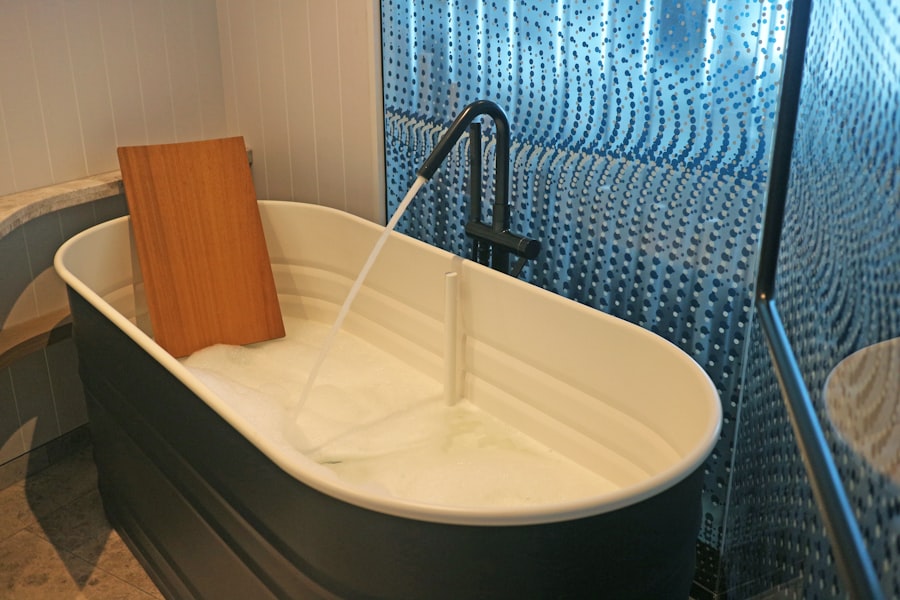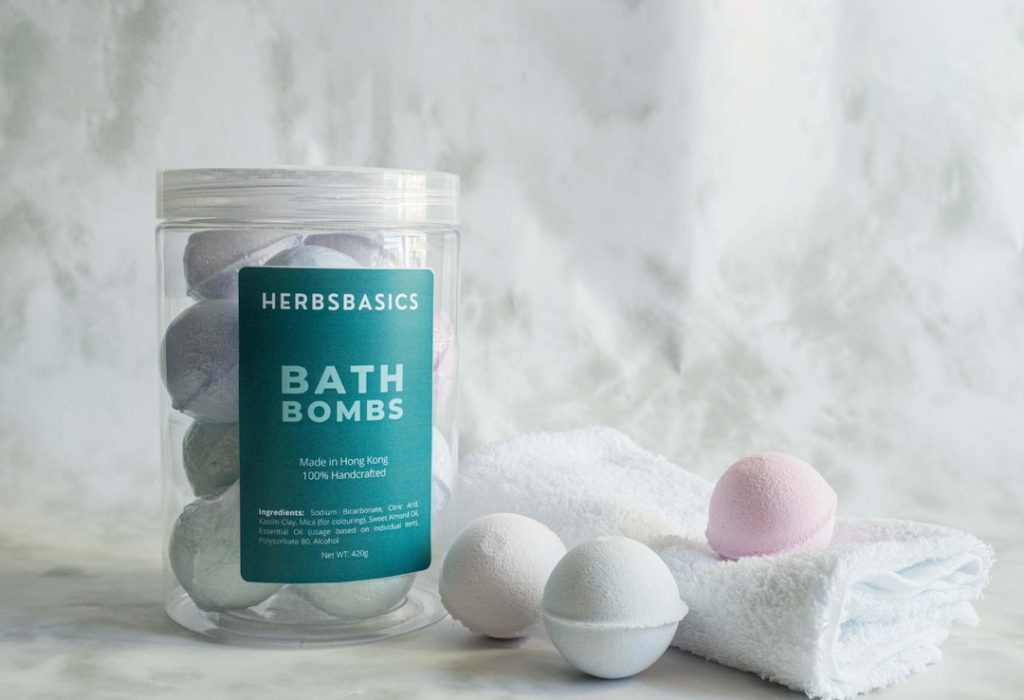When embarking on a bathroom remodel, selecting the right local company is paramount to ensuring a successful project. The first step in this journey is to conduct thorough research. Start by seeking recommendations from friends, family, or neighbors who have recently undertaken similar projects.
Their firsthand experiences can provide invaluable insights into the quality of work, professionalism, and reliability of various contractors. Additionally, online platforms such as Yelp, Angie’s List, and Google Reviews can offer a wealth of information, showcasing customer feedback and ratings that can help narrow down your options. Once you have compiled a list of potential remodelers, it is essential to vet each candidate meticulously.
Check for proper licensing and insurance, as these are critical indicators of a reputable business. A licensed contractor is typically required to adhere to local building codes and regulations, ensuring that your remodel meets safety standards. Furthermore, insurance protects you from liability in case of accidents or damages during the project.
After confirming these credentials, arrange for consultations with your top choices. During these meetings, discuss your vision for the remodel, ask about their experience with similar projects, and request references from past clients. This direct interaction will not only help you gauge their expertise but also assess their communication style and willingness to collaborate.
Key Takeaways
- Finding the right local bath remodel company near you is crucial for a successful project.
- Upgrading your bathroom can increase the value of your home and improve your quality of life.
- Understanding the remodeling process is important to ensure a smooth and efficient project.
- Choosing the right materials and fixtures for your bathroom is essential for both aesthetics and functionality.
- Maximizing space and functionality in your bathroom can make a big difference in your daily routine.
The Benefits of Upgrading Your Bathroom
Upgrading your bathroom can yield numerous benefits that extend beyond mere aesthetics. One of the most significant advantages is the potential increase in your home’s value. A well-executed bathroom remodel can provide a substantial return on investment (ROI), often recouping a significant portion of the costs when it comes time to sell your home.
According to the National Association of Realtors, homeowners can expect to recover approximately 60% to 70% of their remodeling expenses in increased home value. This makes bathroom upgrades not just a personal enhancement but also a strategic financial decision. Beyond financial implications, a bathroom remodel can significantly enhance your daily living experience.
An upgraded space can improve functionality, making it easier to navigate and use. For instance, replacing an outdated tub with a walk-in shower can create a more accessible environment for individuals of all ages and abilities. Additionally, modern fixtures and layouts can contribute to a more relaxing atmosphere, transforming your bathroom into a personal sanctuary.
Features such as heated floors, improved lighting, and high-quality materials can elevate your daily routines, turning mundane tasks into enjoyable experiences.
Understanding the Remodeling Process

The remodeling process can seem daunting at first glance, but understanding its stages can demystify the experience and help you prepare effectively. Typically, the process begins with planning and design. During this phase, you will work closely with your chosen contractor to outline your vision, budget, and timeline.
This stage is crucial for establishing clear expectations and ensuring that both parties are aligned on the project’s goals. It often involves creating detailed plans and selecting materials that fit within your budget while achieving the desired aesthetic. Once the planning phase is complete, the actual construction begins.
This stage may involve demolition of existing structures, plumbing adjustments, electrical work, and installation of new fixtures and finishes. It is essential to maintain open lines of communication with your contractor during this phase to address any unforeseen issues that may arise. Delays can occur due to various factors such as supply chain disruptions or unexpected structural problems; however, a reliable contractor will keep you informed and work diligently to minimize disruptions.
After construction is complete, a final walkthrough will allow you to inspect the work and ensure that everything meets your expectations before finalizing payment.
Choosing the Right Materials and Fixtures for Your Bathroom
| Materials/Fixtures | Features | Advantages |
|---|---|---|
| Ceramic Tiles | Durable, water-resistant | Easy to clean, wide variety of designs |
| Porcelain Tiles | Low water absorption, stain-resistant | Durable, long-lasting |
| Marble Countertops | Elegant, natural patterns | Durable, adds value to the home |
| Chrome Fixtures | Sleek, modern look | Easy to clean, durable |
| Quartz Countertops | Non-porous, resistant to stains | Low maintenance, wide range of colors |
Selecting materials and fixtures for your bathroom remodel is a critical aspect that can significantly influence both functionality and aesthetics. When choosing materials, consider durability and maintenance requirements alongside visual appeal. For instance, porcelain or ceramic tiles are popular choices for flooring due to their resilience against moisture and ease of cleaning.
Additionally, natural stone options like granite or marble can add an element of luxury but may require more upkeep to maintain their appearance over time. Fixtures are equally important in defining the overall look and feel of your bathroom. From faucets to showerheads, the choices available today are vast and varied.
Opting for high-quality fixtures not only enhances the visual appeal but also ensures longevity and performance. For example, water-efficient faucets and showerheads can help reduce water consumption without sacrificing performance, aligning with both sustainability goals and cost-saving measures on utility bills. When selecting colors and finishes, consider how they will complement other elements in the space; cohesive design choices can create a harmonious environment that feels both inviting and functional.
Maximizing Space and Functionality in Your Bathroom
In many homes, bathrooms are often among the smallest spaces yet serve multiple essential functions. Therefore, maximizing space and functionality is crucial in any remodel. One effective strategy is to consider layout changes that enhance flow and accessibility.
For instance, if space allows, relocating fixtures such as sinks or toilets can create a more efficient layout that improves usability. Additionally, incorporating built-in storage solutions like recessed shelves or cabinetry can help keep the space organized while minimizing clutter. Another approach to maximizing space is through the use of multi-functional furniture or fixtures.
Vanities with integrated storage or mirrors with built-in lighting can serve dual purposes while saving valuable square footage. Furthermore, utilizing vertical space by installing shelves or cabinets that reach up to the ceiling can draw the eye upward, creating an illusion of height in smaller bathrooms. By thoughtfully considering how each element contributes to both aesthetics and functionality, you can create a bathroom that feels spacious and serves your needs effectively.
Incorporating Energy-Efficient and Sustainable Features

As environmental awareness continues to grow, incorporating energy-efficient and sustainable features into your bathroom remodel has become increasingly important for many homeowners. One of the most straightforward ways to achieve this is by selecting water-saving fixtures such as low-flow toilets and faucets that reduce water consumption without compromising performance. These fixtures not only contribute to environmental conservation but also lead to lower water bills over time.
In addition to water efficiency, consider integrating energy-efficient lighting options into your design. LED lights consume significantly less energy than traditional incandescent bulbs while providing superior illumination. Moreover, installing motion sensors or dimmer switches can further enhance energy savings by ensuring lights are only used when needed.
Beyond fixtures, consider using sustainable materials such as bamboo or reclaimed wood for cabinetry or shelving; these choices not only reduce environmental impact but also add unique character to your space.
Budgeting and Financing Your Bathroom Remodel
Establishing a realistic budget is one of the most critical steps in planning your bathroom remodel. Begin by determining how much you are willing to spend while considering potential financing options if necessary. It’s essential to account for all aspects of the project, including labor costs, materials, permits, and unexpected expenses that may arise during construction.
A common rule of thumb is to allocate about 20% of your total budget for contingencies; this cushion can help mitigate stress if unforeseen issues occur. When it comes to financing your remodel, several options are available depending on your financial situation. Home equity loans or lines of credit can provide access to funds based on the equity you have built in your home; however, these options come with risks if you are unable to repay them.
Alternatively, personal loans or credit cards may offer more flexibility but often come with higher interest rates. It’s crucial to weigh the pros and cons of each financing method carefully before making a decision that aligns with your financial goals.
Ensuring Quality and Satisfaction with Your Bathroom Remodel Company
To ensure quality workmanship and satisfaction with your bathroom remodel company, it’s essential to establish clear communication from the outset. Discuss your expectations regarding timelines, budgets, and design elements openly with your contractor. A reputable company will be transparent about their processes and willing to address any concerns you may have throughout the project.
Additionally, consider implementing a system for regular check-ins during the remodeling process. This could involve scheduled meetings or updates where you can review progress and discuss any adjustments needed along the way. After completion, don’t hesitate to provide feedback on your experience; this not only helps the contractor improve their services but also allows you to reflect on what worked well and what could be enhanced in future projects.
By fostering a collaborative relationship with your remodeler, you can ensure that your vision is realized while enjoying a smooth remodeling experience from start to finish.



